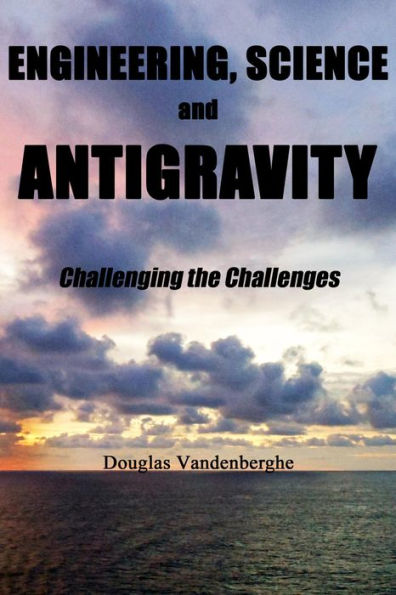Dr. Douglas Vandenberghe, a professional engineer, introduces several antigravity devices/machines and phenomena reported by inventors and researchers such as Nikola Tesla, T. Townsend Brown, J.L. Naudin, Viktor Schauberger, and John Hutchison. A modified version of T. Townsend Brown's Electrokinetic Apparatus (United States Patent No. 3 187 206) is experimentally investigated. The data and observations from these experiments form a basis for an antigravity field/force hypothesis that is extended to the development of energy models describing mass, charge and their related fields. These conceptual energy models offer an explanation for the inherent properties of mass, the electron, the proton and the field/force generating interactions associated with Newton's Law of Universal Gravitation, Coulomb's Law and the forces arising from (electro)magnetic field interactions with a moving charge. The energy models, which are graphically illustrated, are integrated with the data and observations from the experimental investigations to explain antigravity - the electrical generation of a manmade gravity-like field that interacts with the mass of the device to generate a propulsive force and the electrons on the device's surface to alter its electrical characteristics. Social and scientific attitudes towards antigravity and related phenomena are discussed and suggestions for future research shared.
Dr. Douglas Vandenberghe, a professional engineer, introduces several antigravity devices/machines and phenomena reported by inventors and researchers such as Nikola Tesla, T. Townsend Brown, J.L. Naudin, Viktor Schauberger, and John Hutchison. A modified version of T. Townsend Brown's Electrokinetic Apparatus (United States Patent No. 3 187 206) is experimentally investigated. The data and observations from these experiments form a basis for an antigravity field/force hypothesis that is extended to the development of energy models describing mass, charge and their related fields. These conceptual energy models offer an explanation for the inherent properties of mass, the electron, the proton and the field/force generating interactions associated with Newton's Law of Universal Gravitation, Coulomb's Law and the forces arising from (electro)magnetic field interactions with a moving charge. The energy models, which are graphically illustrated, are integrated with the data and observations from the experimental investigations to explain antigravity - the electrical generation of a manmade gravity-like field that interacts with the mass of the device to generate a propulsive force and the electrons on the device's surface to alter its electrical characteristics. Social and scientific attitudes towards antigravity and related phenomena are discussed and suggestions for future research shared.

Engineering, Science and Antigravity: Challenging the Challenges

Engineering, Science and Antigravity: Challenging the Challenges

Product Details
| BN ID: | 2940044969360 |
|---|---|
| Publisher: | Douglas Vandenberghe |
| Publication date: | 09/25/2012 |
| Sold by: | Smashwords |
| Format: | eBook |
| File size: | 2 MB |
